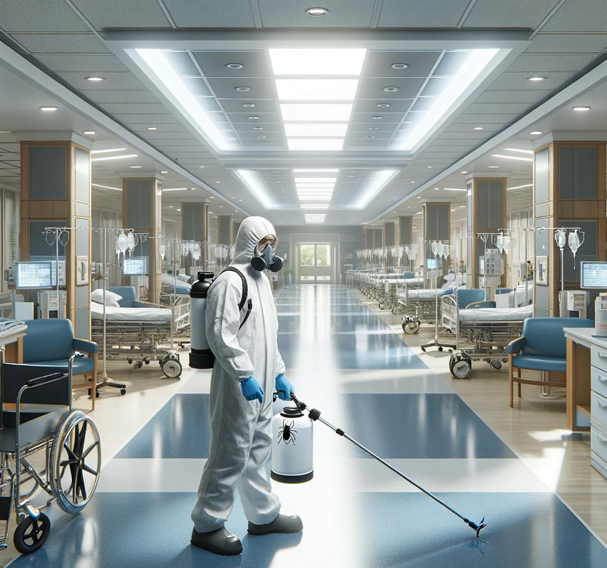Bed Bug
IDENTIFY
What do bed bugs look like?
How do I get rid of bed bugs?

What First Choice Exterminating Does
Frequently Asked Questions
What are the signs of bed bug bites?
Blood spots found on one’s sheets, bites and the presence of bed bug feces and cast skins are some of the indications of a bed bug infestation. Bites are commonly found on the parts of the body that are more likely to be exposed to bed bugs during sleep – the hands, neck, face, shoulders, legs and arms. While not always the case, bed bug bites are often grouped together in a small area and at times may occur in a line or a zigzag pattern. Bites normally look like small, flat or raised areas that may become inflamed, itchy, red or blistered. Bed bug bite reactions don’t always appear immediately after you’re bitten and may take a few days to begin causing symptoms. However, not everyone reacts to bed bug bites in the same manner.
What are the signs of a bed bug infestation?
Bed bugs are flat and small in size, allowing them to hide easily from view during the day when they are not active. They hide in mattresses, bed frames, bedding, furniture, carpets, baseboards and bedroom clutter. They are most commonly found in the seams of mattresses or inside box springs. However, it is not necessary to locate a specimen to identify an infestation. Their excrement leaves brown to black stains on mattresses and linens, and bloodstains may be visible where bed bugs have been accidentally crushed.
How do you get bed bugs?
Bed bugs are transported by people, most often in personal belongings such as the following:
- Luggage & Suitcases
- Purses
- Gym bags
- Items kept close to sleep areas
